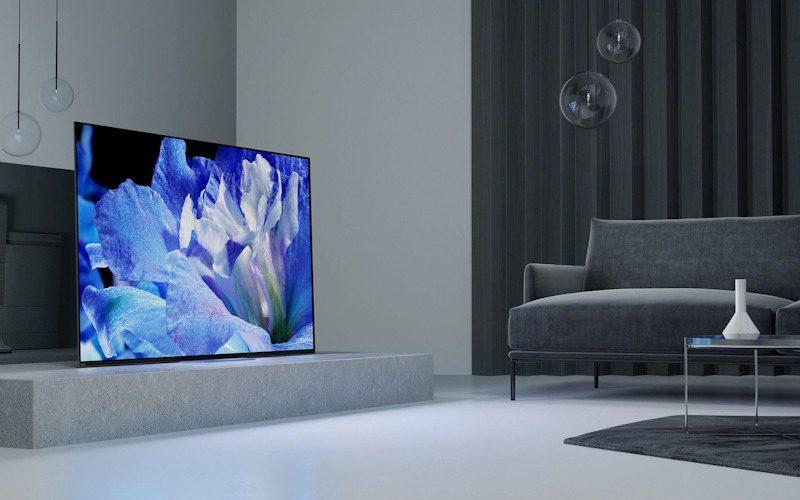
There was a time when the concept of a home theater was a novelty. Bringing the silver screen experience into your living room (or dedicated theater room) was a shiny new idea that all of us pretty much went ga-ga for. That was easily 20 years ago and things have changed and changed a lot--and mostly for the better.
This past weekend The Hollywood Reporter weighed in on the topic of home theater with their article "Why Invisible Home Theaters Are the New Status Symbol." While I found the article to be about 10 years out of date, the larger takeaway wasn't their commentary on how to hide your personal theater from view, but rather your ability to control it simply using smart home technology. Truth is, bigger was better 10 years ago because it's all we really had. Want more sonic punch? Add a bigger subwoofer (or two or three). More immersive video experience? Buy a bigger HDTV. And we created the perception that the only way to do home theater right was to go big or... well, go to somebody else's home where they went big.
Let me be clear: by no means am I calling for the death of separates, object-based surround systems, and/or front projection setups. I'm not. What I am saying is that there is an entirely new category of consumer who just aren't compelled to invest in that sort of thing. They are, however, willing and ready to invest in a superior AV experience so long as it revolves largely around extreme ease of use, voice interactivity, and overall simplicity, whether that simplicity manifests as form or function. With the advent of smart, voice-activated AI-based products like Amazon Alexa and Google Assistant (I'm leaving Siri off this list on purpose because I think she is dumb), we now have a home entertainment experience that would have seemed like science-fiction just a few years ago, for not a lot of money.
For my first review in years and years, I am currently evaluating Sony's new flagship OLED display. I am not going to ruin my review by telling you that the picture is as good as you are likely imagining it to be. But it is not the picture that makes the Sony display so compelling. What makes the Sony so compelling, at least for me, is that the GUI is so thoughtfully put together that it renders the need for separate streamer devices like Apple TV, Roku, and Amazon Fire irrelevant.
If that weren't enough, factor in Sony's Acoustic Surface technology (it's like how "invisible" in-wall speakers work) and the need for a soundbar is literally gone. Mind you, I'm not saying it's a full-on replacement for a good sound system, but it's a better audio experience than I would imagine most people have in their homes right now.
Moreover, I can control the display with my voice thanks to the integration of Google Home. So, what you get with this relatively expensive UHD TV is a state-of-the-art video image that hangs nearly flush on the wall, with rocking sound, idiot-proof control, and seemingly no need for additional hardware if you're a cord cutter (like me). That's new school, baby, and I like it. Could you make this TV the basis of a fully tricked-out home theater, complete with a bazillion and nine speakers and subwoofers that could serve double duty as dining room tables? You sure could, and I'm sure many will. At the same time, more mainstream, design-oriented customers might just pop for this set and be ready to enjoy a topnotch movie-watching experience without the need for complex programming, complex custom installation, and what have you.
There is a whole new world of consumers out there. They are younger, ultra-tech-savvy, and they have money to spend. But they, like me, are looking for something exciting and new. The AV system of the future is going to have to be slick but not complicated. It will have that form factor that B&O has been trading on for so long, nearly by themselves. It will have to pack voice control and be scalable enough to work great on its own or as part of a big Atmos/DTS:X man cave, and every possible home entertainment space in between.
I'm confident there will always be a market for traditional theater systems, but if we want our hobby to thrive, its lifeline is going to come in the form of connected entertainment and devices that cotton themselves to how we now consume content and entertainment. These elements may not be sufficient to deliver the utmost in audiovisual whizbangery, but they're absolutely essential to the future of home theater.